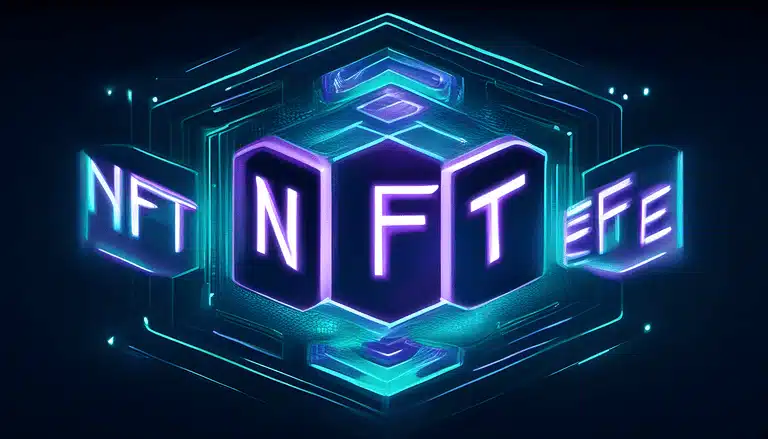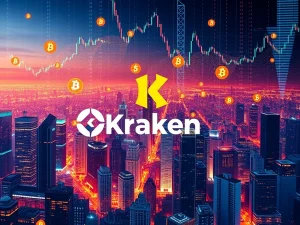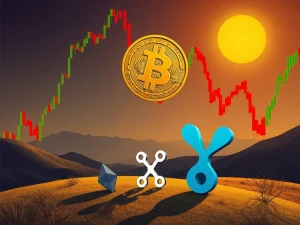NFT Wash Trading and Scams: How to Protect Yourself in the Digital Art World
1 year ago CryptoExpert
The rise of NFTs has opened exciting opportunities for artists and collectors; at the same time, it has attracted fraud. NFT scams, including wash trading and other manipulative practices, threaten the integrity of digital art marketplaces. Understanding these risks and learning how to protect oneself is crucial if you are into this space. Here goes a deep dive into common threats and some practical ways of safeguarding your investments.
What is NFT Wash Trading?
NFT wash trading is a form of market manipulation where individuals repeatedly buy and sell the same NFT to give the appearance of value appreciation. The idea behind it is to create an illusion of high demand for the purpose of driving up prices artificially. This tactic misleads potential buyers into thinking the asset is more valuable or desirable than it really is.
Key characteristics of NFT wash trading include:
Repeated transactions: The same NFT changes hands frequently between the same parties.
Inflated values: Transactions occur at prices far above the market average.
Fake demand: Activity makes the NFT seem like a popular item, tricking buyers.
This practice damages NFT market integrity by distorting genuine price signals and eroding trust in marketplaces.
Understanding Other Common NFT Scams
Setting aside the wash trading, the field of NFTs is teeming with scams targeting hapless users. Some common perils include the following:
Rug pulls: Where a creator sells NFTs or tokens and then pulls out, never to materialize any of the roadmap promised;
Phishing attacks: Fraudsters sending fake links or emails, hoping that someone would lose their wallet credentials; or just outright faking artworks and selling them as being the creations of themselves as some well-known creators.
Pump-and-dump schemes: Bad actors inflate the price of an NFT and then sell their holdings, leaving buyers holding valueless assets.
These scams make scam awareness in NFTs and thorough research a must when buying.
How to Spot NFT Wash Trading and Scams
For protection, knowing how to identify suspicious activity is paramount. Watch for the following warning signs:
Red Flags
Why It Matters
Unusually high transaction volume
May indicate wash trading. Check if the same wallet addresses are involved repeatedly.
Extremely high prices for similar items
Overpriced NFTs may signal fake demand or market manipulation.
Lack of creator verification
Unverified creators can more easily sell fake NFTs or disappear after rug pulls.
Sudden spikes in activity
Rapid price increases can be signs of pump-and-dump schemes.
Requests for private wallet keys
No legitimate platform or artist will ever ask for your private keys.
By staying alert to these signs, you can better navigate the NFT marketplace securely.
Steps to Protect Yourself from NFT Scams
You don’t need to avoid NFTs altogether, but taking precautions can save you from becoming a victim. Here are practical ways to protect yourself:
Verify creators: Only purchase NFTs from verified accounts or well-known platforms.
Research transactions: Use blockchain explorers to analyze transaction history and look for repeated trades.
Use secure wallets: That are able to protect your assets with their strong security features.
Be careful with links: Never click on any unsolicited links since this may be phishing attempts.
Understand market trends: Know what is a normal price for NFTs of the same categor
Wash Trading Prevention and Market Integrity
Ensuring NFT marketplace security is not only an individual responsibility but also a collective effort. Platforms and regulators are working to counteract fraudulent practices and improve trust. Some strategies include:
Implementing stricter verification processes: NFT marketplaces can require ID verification for sellers and buyers.
Using AI tools: Advanced algorithms can detect unusual transaction patterns indicative of wash trading.
Educating users: Awareness campaigns help users recognize scams and protect their wallets.
Monitoring and penalizing offenders: Platforms should blacklist wallets or impose penalties on users caught engaging in wash trading.
Why Wash Trading and Scams Persist
Despite these efforts, NFT fraud continues to be an issue. This is largely due to:
Anonymity of blockchain: Users are allowed to create multiple wallets, making it difficult to track fraudulent activities.
Lack of regulation: The NFT space is still largely unregulated, which provides opportunities for scammers.
High profits for fraudsters: The potential gain is often much more than the risk of being caught.
Understanding these challenges highlights why personal vigilance is critical.
Best Practices for Safe NFT Trading
Follow these best practices to minimize your risk:
Tip
Description
Research creators and projects
Check social media, reviews, and community discussions to verify legitimacy.
Use reputable marketplaces
Stick to established platforms with a history of reliable service and good security measures.
Diversify your investments
Avoid putting all your funds into one NFT or collection to reduce potential losses.
Avoid impulsive purchases
Scammers often create urgency to rush decisions. Take your time to assess any deal.
Stay informed about trends and risks
Regularly read about new scams and emerging security features in the NFT world.
These practices can help you navigate the NFT space confidently.
The Role of Community in Fighting NFT Scams
The NFT community also plays a vital role in combating fraud. Sharing information about scams, reporting suspicious activity, and educating newcomers are all ways to contribute. Platforms can also benefit from user feedback to improve security measures and transparency.
NFT wash trading and scams are serious risks for anyone involved in digital art or blockchain assets. Nevertheless, with proper knowledge and precautions, one can shield oneself and benefit from the marvels of this innovation. Be alert, study up, and use secure tools so your NFT journey will be both safe and rewarding.









